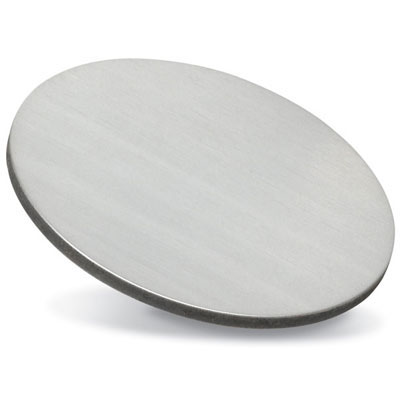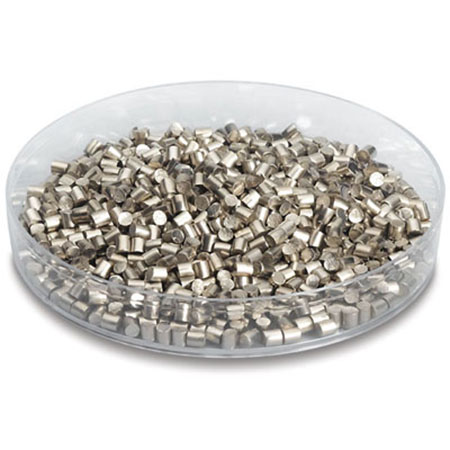Every once in a while, a previously underappreciated metal rises to prominence. Several factors can cause this to happen: new technology, changing consumer preferences, supply constraints, or skyrocketing demand can all bring an unknown metal to the forefront of discussion. Cobalt could be the latest metal that fits this description. Many customers come to Nexteck Electronics for Cobalt evaporation materials and Cobalt sputtering targets. Cobalt is a crucial metal to the boom in lithium-ion battery demand, but it also has an increasingly precarious supply chain that could be very volatile moving forward.

With the green movement in full swing, there is compelling evidence that cobalt could be the next relatively unknown metal to rise to prominence.
Cobalt is one of the few metals used for superalloys. Nearly 20% of all cobalt is used for superalloys – a class of high-tech metals that originally emerged to suit the high operating temperatures of jet engines.
There are three main superalloy types:
Nickel-based superalloy: the bulk of alloys produced
Cobalt-based superalloy: higher melting point gives ability to absorb stress, and corrosion resistance
Iron-based superalloy: the original superalloy, invented prior to the 1940s
Their use has extended into many other fields – and today, superalloys are used in all types of turbines, space vehicles, rocket engines, nuclear reactors, power plants, and chemical equipment. Nexteck Electronics' nickel-based superalloy and iron-based superalloy are widely used for these applications.

The green economy runs on cobalt. There are many types of lithium-ion batteries, but the vast majority of li-ions sold today use cobalt in some capacity. In fact, by 2020 it is expected that 75% of lithium-ion batteries will contain cobalt. Why? It’s because cobalt is the most important metal for increasing the energy density of lithium-ion cathodes.
Green uses such as EVs are driving the upwards trajectory of cobalt demand. By 2020, almost 1/5 of cobalt demand will stem from electric vehicles. Getting cobalt is the hard part. 98% of cobalt is produced as a by-product of copper and nickel mines. The problem? If copper and nickel production isn’t growing, then more cobalt isn’t mined to meet demand. Chemical cobalt – the kind used in batteries, is expected to fall into a growing deficit over the next few years. By 2020, CRU expects that deficit to be at least 12,000 tonnes.
Attend exhibitions, focus on industry devolpment trend and new technology,Nexteck Technology Limited keeps pace with the times ,exploring and innovating so as to achieving continuous development.
TAG: cobalt nickel-based superalloy iron-based superalloy




